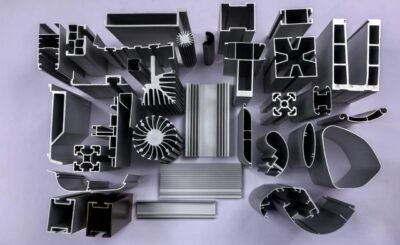Where do you stand on the concept of process? Are you the kind of person who believes in following process at all costs, or do you think there is room for deviation? While you ponder that, consider this: a whole lot of processes have gone by the wayside in recent months. COVID-19 has seen to that.
BenefitMall, a Dallas-based payroll and benefits administration provider, published a blog post not too long ago discussing how to maintain productivity despite labor shortages. The points in that post are suddenly apropos in the era of mass unemployment and companies struggling to stay afloat – but not for the same reasons that were in play when the post was first published.
The Tables Have Turned
The post was published before the COVID-19 pandemic hit. America was riding high with record growth and the lowest unemployment rate in recent history. Employers were dealing with a labor shortage only because there simply weren’t enough workers to fill all the open jobs. Now we have the opposite problem. Tens of millions of people are out of work; businesses are struggling to regain their footing.
So what does this have to do with process and productivity? Despite the tables having turned in recent months, productivity remains a top priority for businesses. It has to. Without productivity, there are no revenues. No productivity means no profit.
BenefitMall raised the question of whether process should take precedent over productivity. The question was not answered directly, and with reason. However, it was suggested that companies make an effort to de-emphasize process when said processes would otherwise harm productivity. This principle is more important now than ever as we seek to get the economy back on track.
Systemic Problems with Process
Processes are good to a certain extent. However, they also introduce systemic problems that tend to affect productivity. Right off the top is the problem of rigidity. Processes are, by and large, too rigid for their own good. They lack the flexibility necessary to accommodate changing circumstances.
Quite a few managers have found this out in the COVID-19 era. They have discovered that their rigid processes don’t translate well to the work-at-home model. They have discovered that adhering to process inhibits employees trying to do what needs to be done.
Another systemic problem deeply embedded in the process mentality is overlap. No single process can meet every need of a given set of tasks. Thus, multiple processes are required. Overlap between these processes is inevitable. It turns out that excessive overlap decreases efficiency which, in turn, affects productivity.
Focusing on Productivity
The other side of the process coin is productivity. When companies focus on productivity instead, they are more willing to de-emphasize process. They are willing to color outside the lines, so to speak, in order to ensure that productivity is maximized.
This is not to say that de-emphasizing process doesn’t come with its own challenges. It does. However, the difference lies in the end results. A greater focus on productivity leads to results that drive revenues and profits. If you are going to err toward one side or the other, why not err toward the productivity side?
Having to choose between process and productivity has never been easy. But giving productivity more weight has been a useful lesson for many businesses struggling with the impacts of the COVID-19 pandemic. Hopefully it is a lesson that will carry through long into the future. Hopefully those companies that have previously paid a disproportionate amount of attention to process have realized its negative impact on productivity.











